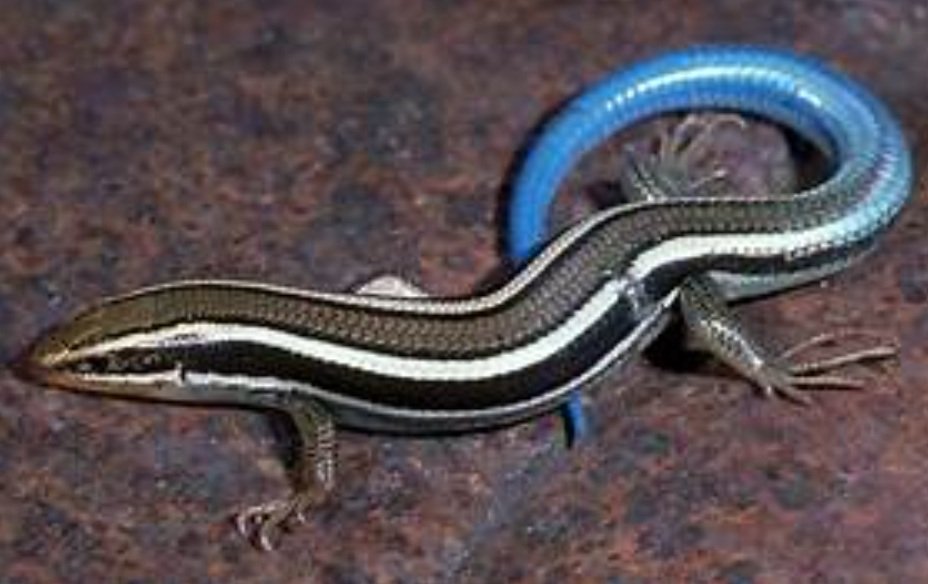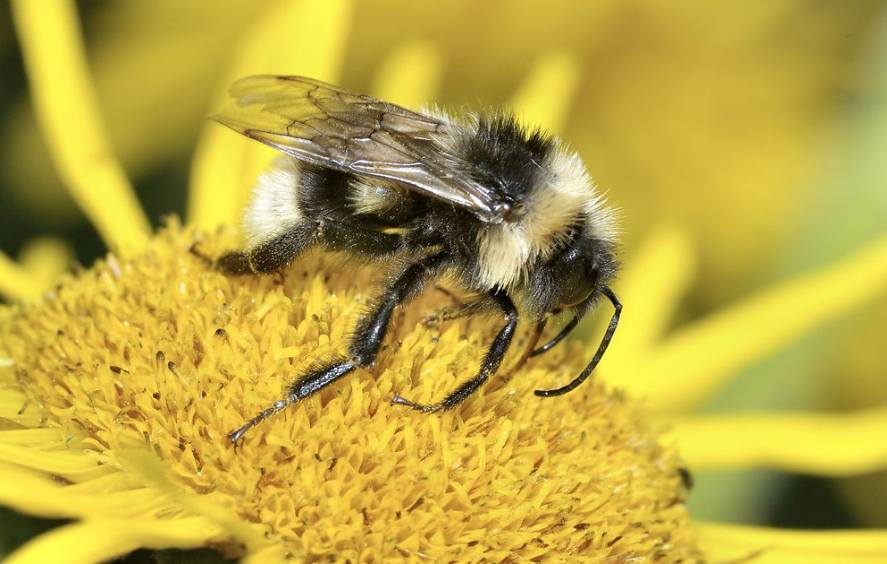
Intriguing facts about Skink Lizards
Skink lizards, a diverse group within the Scincidae family of reptiles, are captivating creatures found across Africa, Asia, Australia, and the Americas. With over 1,500 recognized species, these lizards exhibit remarkable variability in size, coloration, and behavior. Known for their unique ability to autotomize tails and adapt to various habitats, skinks play a crucial role in maintaining ecological balance by controlling insect populations.
Their reproductive strategies, including viviparity and egg-laying, showcase their adaptability to different environments. Despite facing threats from habitat loss and fragmentation, conservation efforts aim to protect skink populations and their habitats for future generations to appreciate and study.
Skink Lizards: Variability and Adaptation
All continents, except Antarctica, are home to skink lizards. From dry deserts to lush rainforests, they have adapted to a variety of habitats. Even the Sahara Desert and the Australian Outback are hostile environments that certain animals may survive in.
These lizards come in a variety of sizes and forms. Although most skink species are tiny, growing to a maximum length of 4 to 8 inches, others may reach up to 2 feet in length. Their bodies are elongated and have smooth scales.
Distinctive Traits of Skink Lizards
The unique characteristics and adaptations of skinks are well known. Their capacity to lose their tails is one of their most remarkable traits. Skinks may defend themselves by detaching their tails when they feel threatened by a predator. The skink keeps wriggling its disconnected tail to divert the attention of any predators while it makes its getaway. The skink will grow back its missing tail over time.
Another intriguing feature is skinks’ ability to autotomize or self-amputate limbs. This is a unique lizard skill that is believed to be a survival tactic in the event of entrapment or predator attack.

Ecological Importance of Skink Lizards
In their habitats, skink lizards play a significant role in maintaining environmental balance. Their primary mode of eating is insectivores, where they consume a range of minute invertebrates, including worms, spiders, and insects. Skinks help to control the population of these creatures.
Additionally, skinks serve as prey for bigger predators like birds, snakes, and mammals. Their ability to camouflage and blend in with the environment improves their chances of survival by preventing detection.
Reproduction and Behavior of Skink Lizards
Skinks reproduce in various ways, with certain species giving birth to live offspring and others laying eggs. Depending on the species, the mother skink usually produces a clutch of eggs or gives birth to many children.
The territorial behavior of skinks is well-documented. Males defend their territories from other males through regular fighting. Aggressive behaviors, such as head nodding and tail waving, are common during these encounters.
Conservation Status of Skink Lizards
While skink lizards are not currently listed as endangered, they face threats from habitat loss and fragmentation. Urbanization, deforestation, and the introduction of alien species are major contributors to the decline of skink populations.
Efforts to preserve skink lizards and their habitats include protecting their native environments, raising awareness about their ecological significance, and implementing policies to curb the spread of invasive species.
Discover the Fascinating World of Skink Lizards
A remarkable genus of reptiles known as skink lizards has adapted to a variety of settings worldwide. One of the many interesting characteristics of these animals is their ability to lose their tails, autotomize their limbs, and blend in with their environment. Prioritizing the protection of these lizards is essential as we continue to learn more about them and secure their existence for future generations.
Explore the Global Distribution of Skink Lizards
All continents, except Antarctica, are home to skink lizards. From dry deserts to lush rainforests, they have adapted to a variety of habitats. Even the Sahara Desert and the Australian Outback are hostile environments that certain animals may survive in.
These lizards come in a variety of sizes and forms. Although most skink species are tiny, growing to a maximum length of 4 to 8 inches, others may reach up to 2 feet in length. Their bodies are elongated and have smooth scales.
Understanding Skink Lizards’ Defense Mechanisms
The distinctive characteristics and adaptations of skinks are well known. Their capacity to lose their tails is one of their most remarkable traits. Skinks may defend themselves by detaching their tails when they feel threatened by a predator. The skink keeps wriggling its disconnected tail to divert the attention of any predators while it makes its getaway. The skink will grow back its missing tail over time.
Unlocking the Adaptability and Physical Traits of Skink Lizards
Discover how skink lizards’ sleek bodies, equipped with short legs and long tails, enable them to thrive across diverse environments, demonstrating impressive climbing, swimming, and burrowing skills.
Exploring the Omnivorous Diet of Skink Lizards
Delve into the dietary habits of skink lizards, who consume both plant materials and tiny invertebrates, showcasing remarkable adaptability to varying food sources and environmental conditions.

Revealing the Unusual Reproductive Methods of Skink Lizards
Learn about the viviparity reproductive strategy of skink lizards, where some species give birth to live offspring, ensuring higher survival rates and contributing to their species’ resilience.
Understanding the Ecological Importance of Skink Lizards
In their habitats, skink lizards are significant. Their primary mode of eating is insectivores, where they consume a range of minute invertebrates, including worms, spiders, and insects. Skinks help to maintain environmental balance by controlling the number of these creatures.
Additionally, bigger predators like birds, snakes, and mammals feed on skinks. Their ability to camouflage and integrate with the environment improves their chances of survival by preventing discovery.


